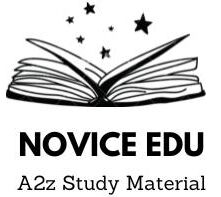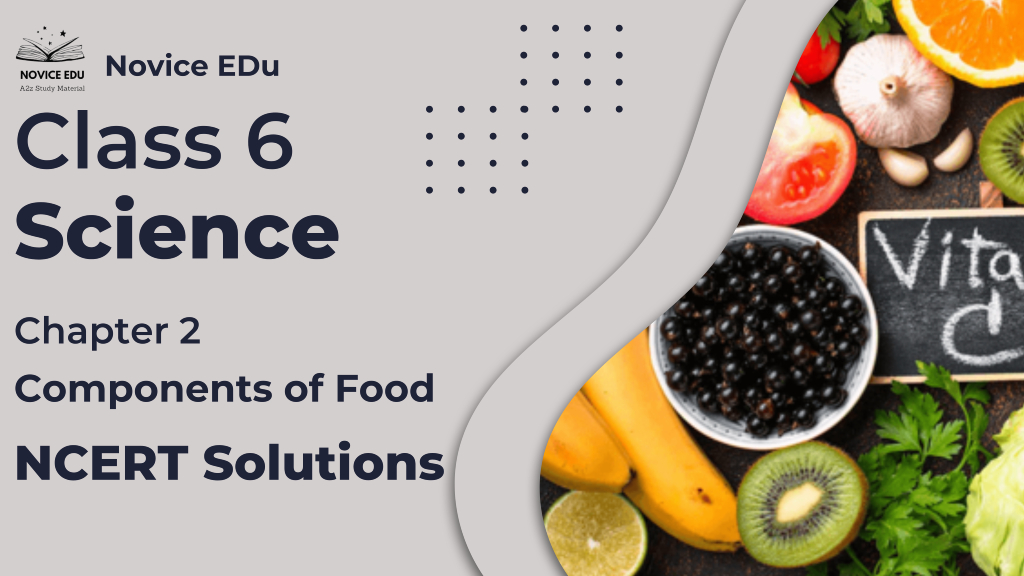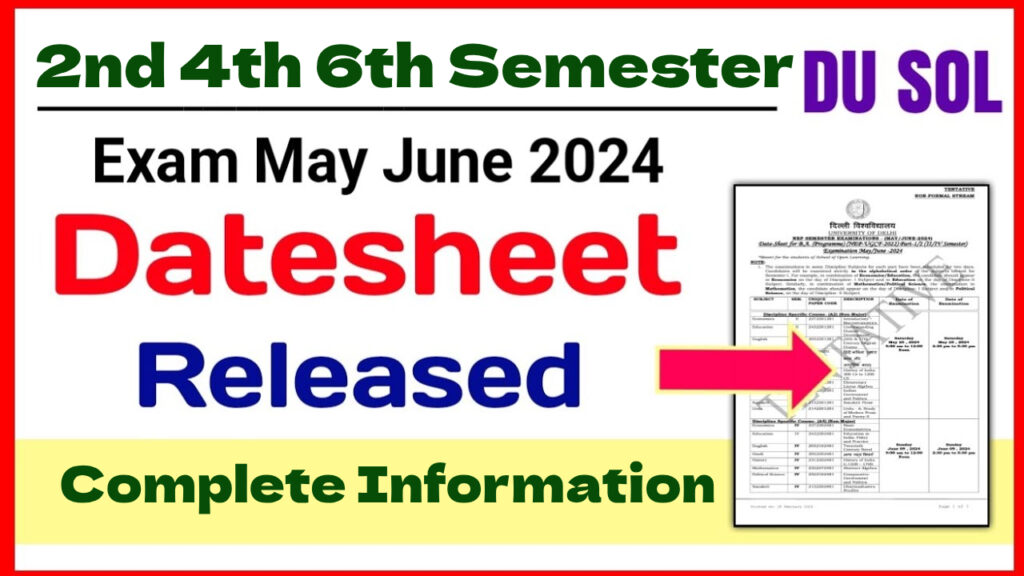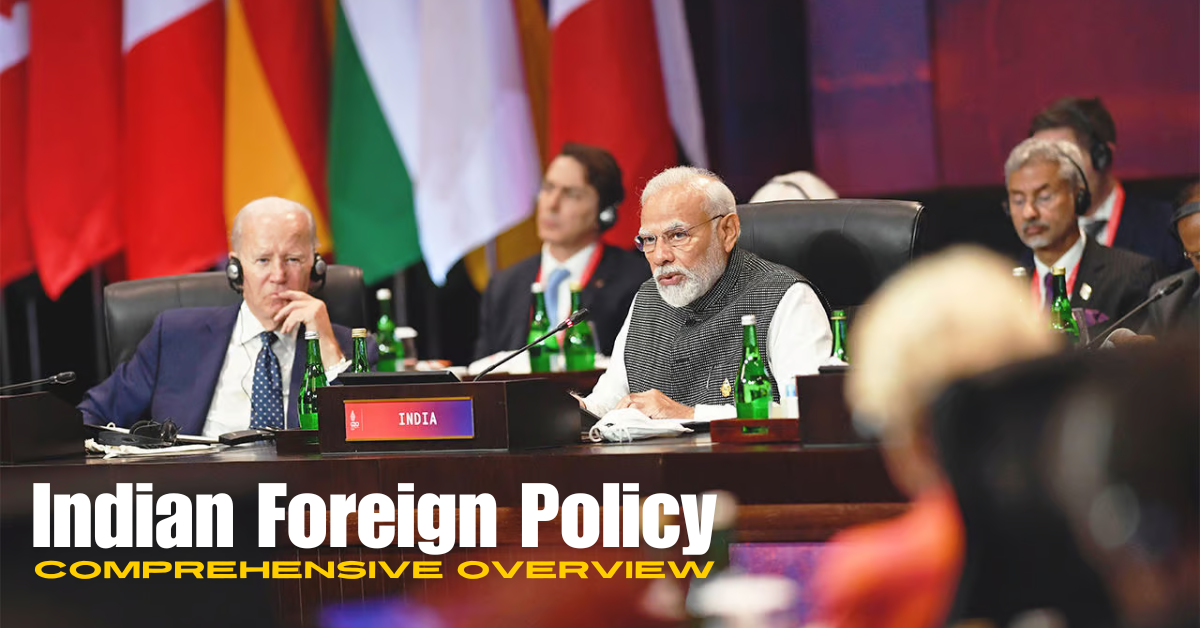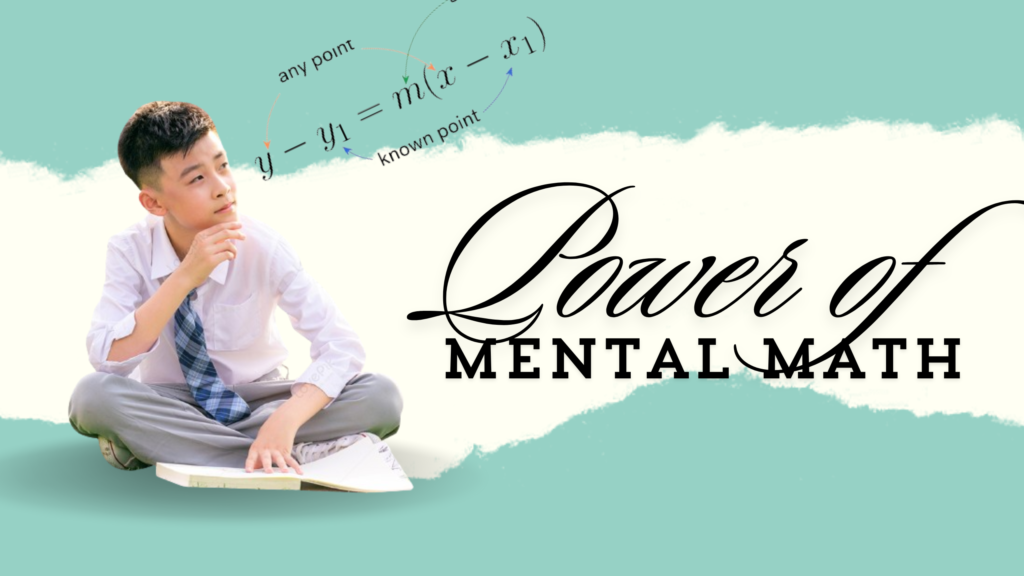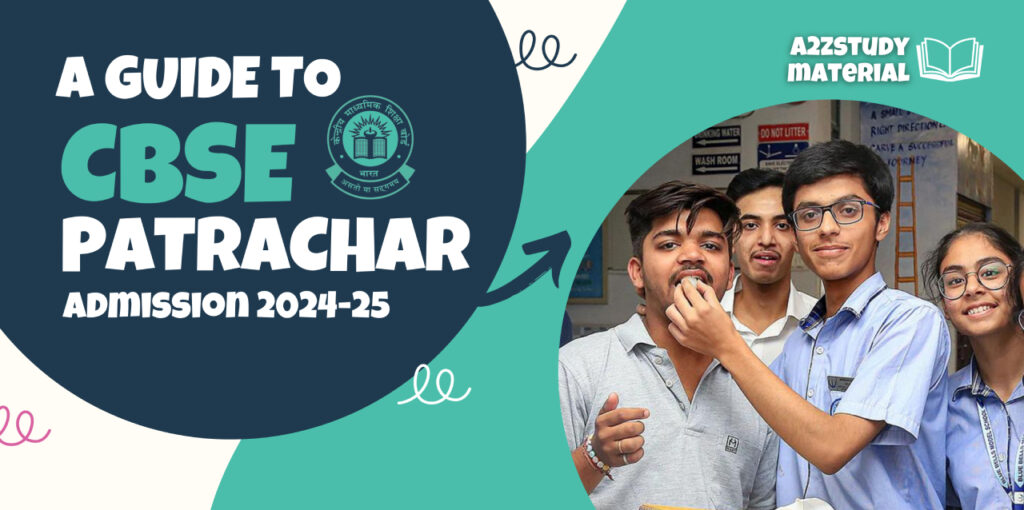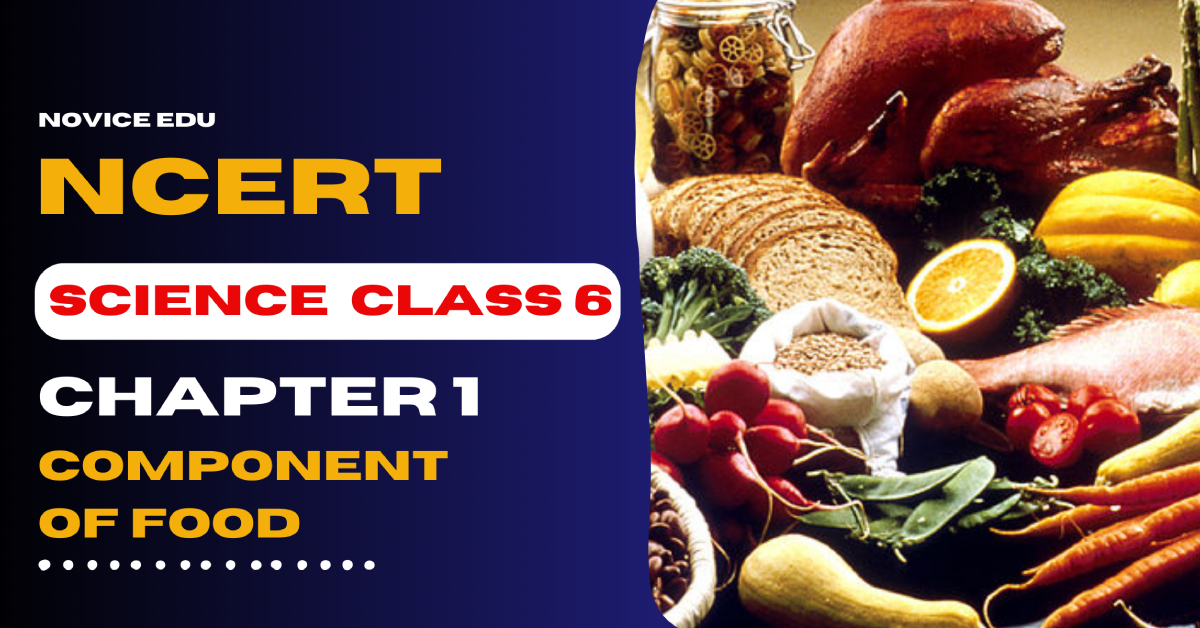Class 6 Science Chapter 1: In the last class, we read how different types of food items are eaten in different parts of India. An Indian meal can have many types of dishes like dal, rice, and vegetables. In North India, Chhole Bhature and Rajma rice are used. In South India, Idli Sambhar, Dosa Sambhar, and Shambhar Vada. Similarly, in East India, there is Litti Chokha. , daal bhat and roti sabji. Thus, many types of food items are eaten in every corner of India. In this chapter, we will learn about what are the elements in this food item and what are the types of food items. What Do Different Food Items Contain? We all know that all dishes are made from different types of ingredients, which we get either from plants or from animals. There are some components in these ingredients that are very important for our body. All components are called nutrients. Mainly carbohydrates, proteins, fats, vitamins, and many types of minerals are found in our body. Food contains different types of fiber and water which our body needs a lot. So do all types of food contain all types of nutrients? Let us together try to find answers to all these questions. Test for Starch Any food item is taken in small quantities. It is mixed with 2 or 3 drops of dilute iodine solution (fig). It is carefully observed whether there is any change in it or not. Are there any changes in its color? Here we tell you that its color will be blue-black. Its blue-black color shows that the food item contains starch. You have to try this activity with different food items and find out which food item contains starch. Test for Protein To test whether a food item contains protein or not, we have to take a food item in liquid form, not in solid form. Put it in a clean test tube and add 10 drops of water. and shake properly. With the Help of a Dropper in a Test Tube Two drops of copper sulfate solution should be mixed. After that, ten drops of caustic soda solution should be mixed. Shake it well and leave the test tube for a while. What Have You Seen? Test For Fats Take a small amount of food item or wrap it in paper or any paper item or crush it. Now unwrap the paper or carefully check whether there is any patch of oil on the paper or not. Oily patches on the paper indicate that there is fat present in the food item. Sometimes there is water in the food item so dry the paper for some time or see an oil patch after that. If after that you do not see any kind of oil patch on it then it means there is no fat left in the food item. What Did We Learn from All These Types of Tests? We learned that all types of food items contain one or more types of nutrients. Here we tested three types of nutrients carbohydrates, proteins, and fat. Apart from these, there are also vitamins or minerals which our body needs a lot. Why do we need all these nutrients? Without it, all the functions in our body will not work properly. What Do Nutrients Do for Our Body? Here we will understand one by one what all the nutrients do for our body. Carbohydrates: Carbohydrates give energy to our body. Both fat and carbohydrates provide a lot of energy to our body. However, fat provides more energy than carbohydrates. The food that contains carbohydrates and fat is called energy-giving food. Source of carbohydrates….wheat, rice, potato, maize, etc. Protein Vitamins: Vitamins protect our bodies from diseases. Vitamins keep our eyes, bones, teeth, or gums healthy. Vitamins are of different types or are known by different names. like…vitamin A, vitamin C, vitamin D, vitamin K, vitamin E, etc. Vitamin B-complex is a group of many vitamins. Our body All these vitamins are required in small quantities. Dietary Fiber: Dietary fiber, also known as roughage. This is a type of carbohydrate which the body cannot break down into sugar molecules. It does not provide any kind of nutrients to our body but helps us in removing undigested food from our body. These are of two types: soluble and insoluble These are mainly found in whole grains, pulses, potatoes, fresh fruits and vegetables. Water: Water reduces the ability to absorb nutrients from food. It also helps in removing waste materials from our bodies. Most of the water we consume is in the form of liquids and some of it also comes from our food. Balance Diet: A balanced diet provides our body with the nutrients it needs to function properly. Such a diet in which all types of nutrients, roughage, and water are available in sufficient quantity is called a balanced diet. Deficiency Diseases A person eats a complete diet but sometimes he does not have all the types of nutrients. If these types of nutrients continue to decrease then it can lead to a deficiency of essential nutrients. Deficiency of these nutrients causes many diseases. Such diseases which arise due to deficiency of nutrients are called deficiency diseases. a person does not consume protein for a long time, his body growth stops, his face becomes swollen, hair color changes, skin problems appear or diarrhea occurs. Class 6 Science Chapter 1 Pdf Download the Class 6 Science Chapter 1 Pdf from NCRT official website Class 6 Science Chapter 1 Extra Questions
